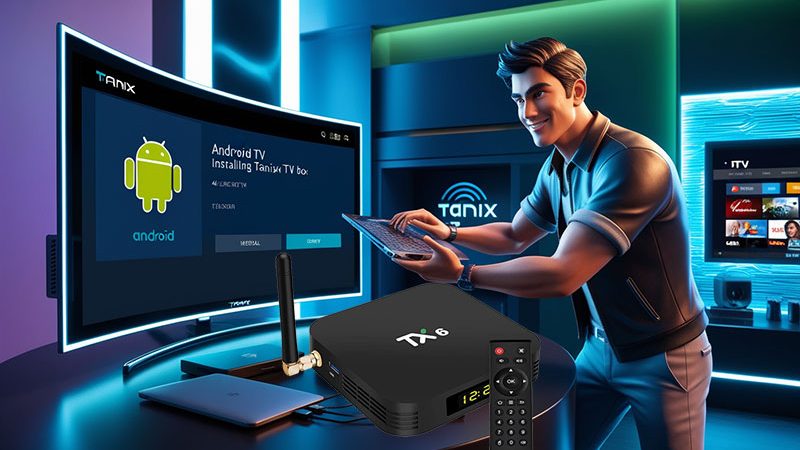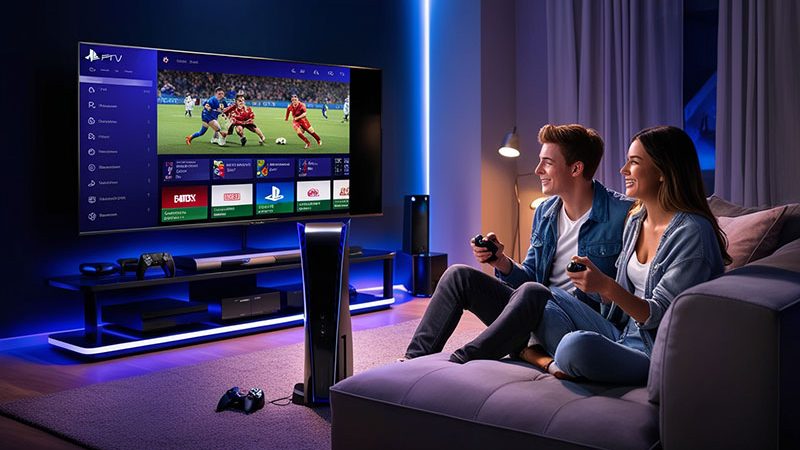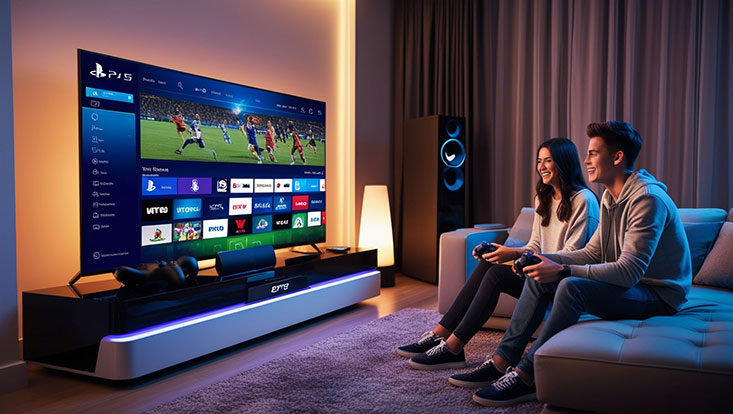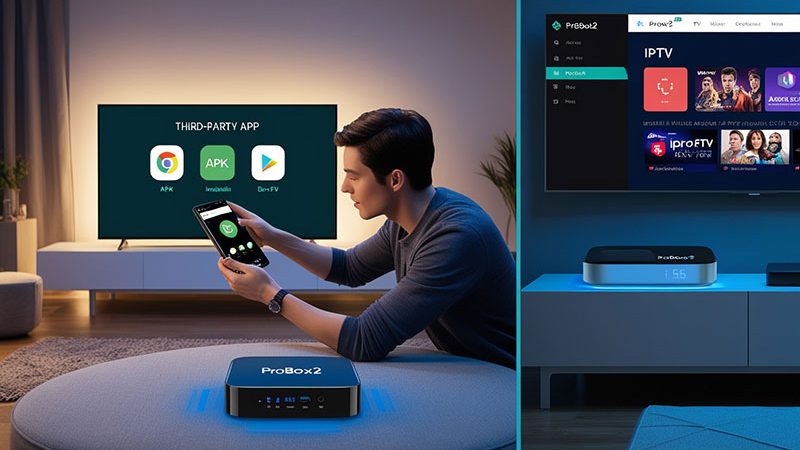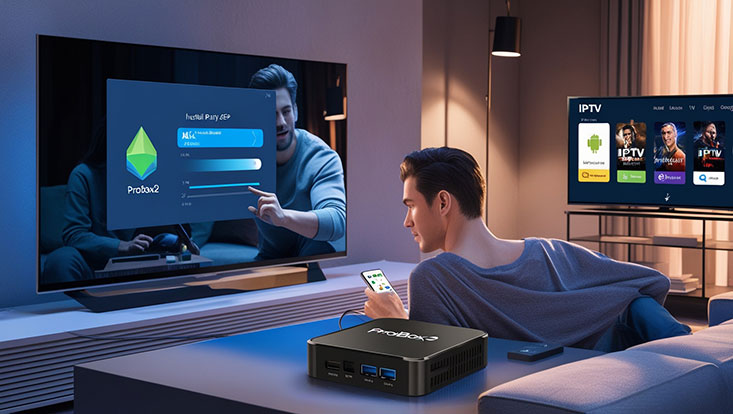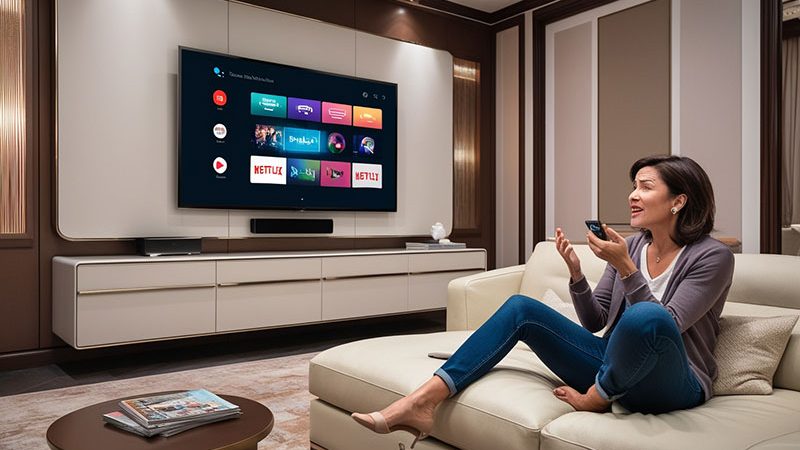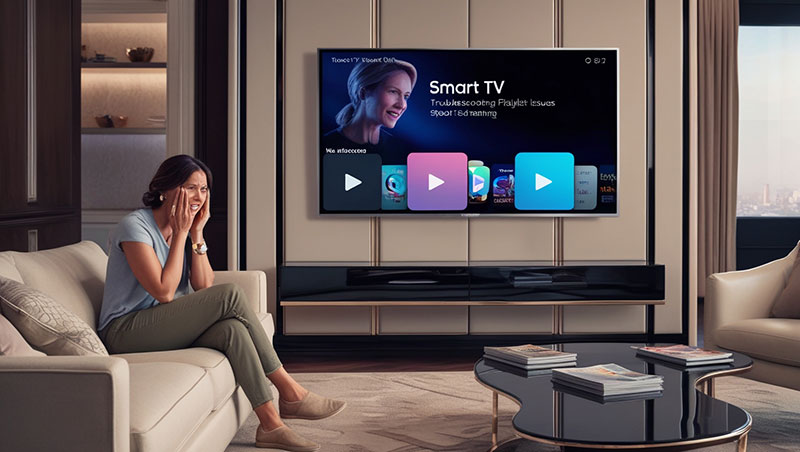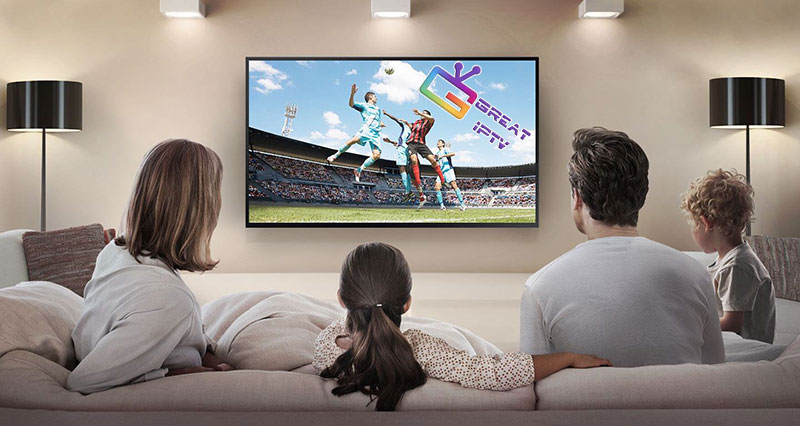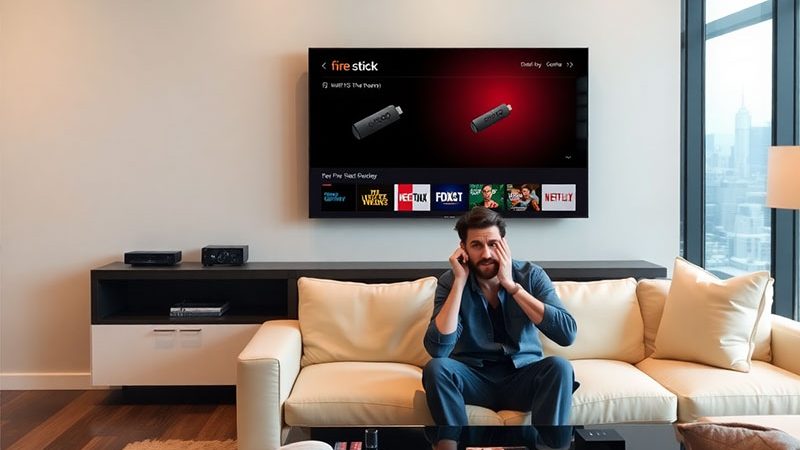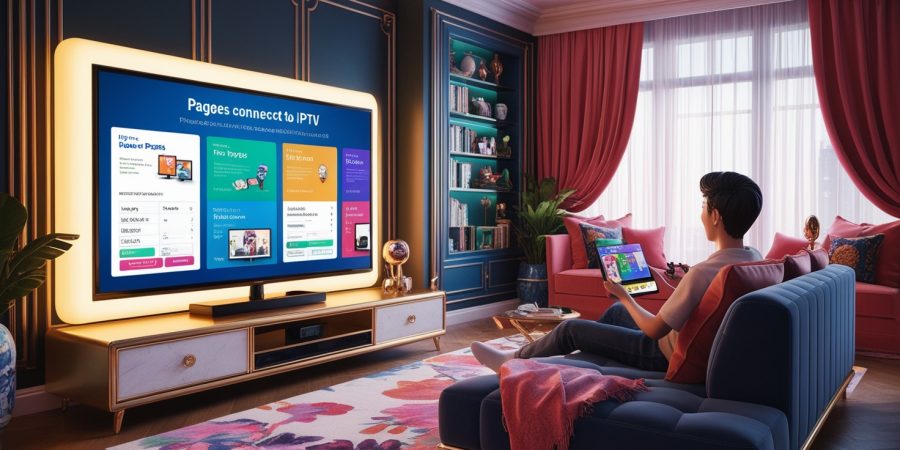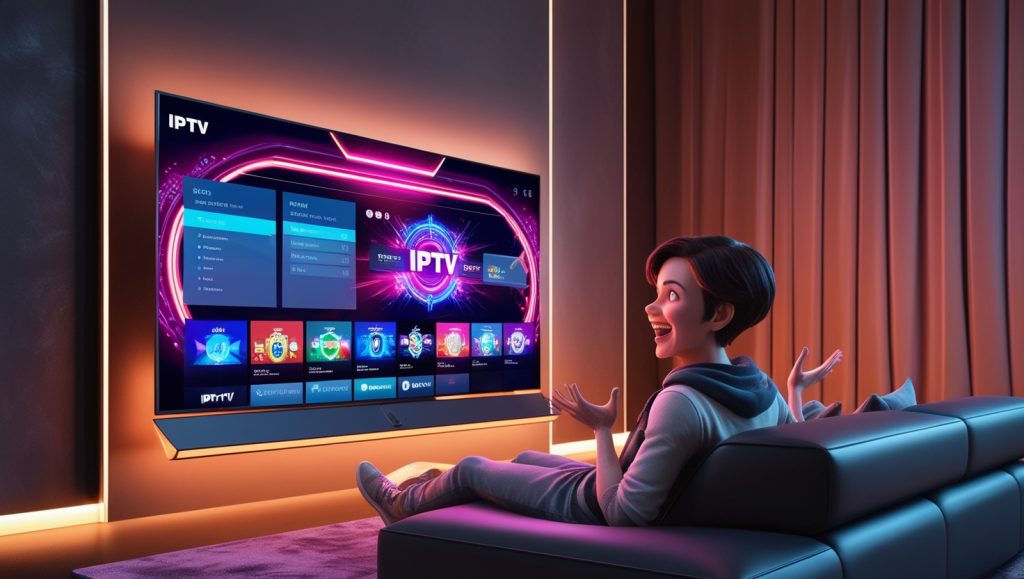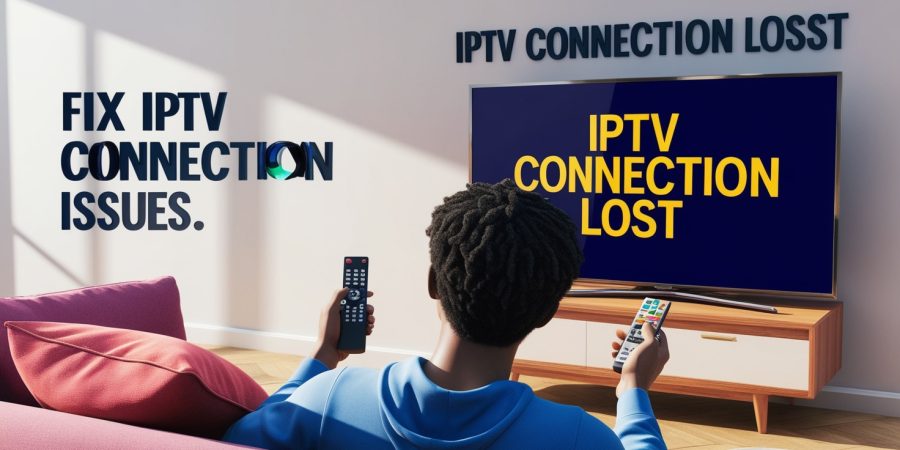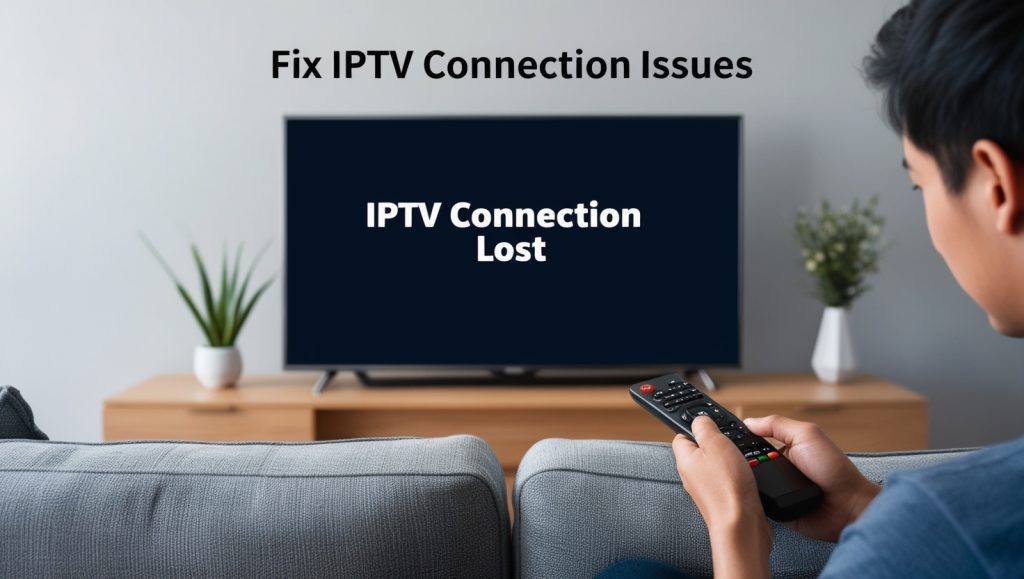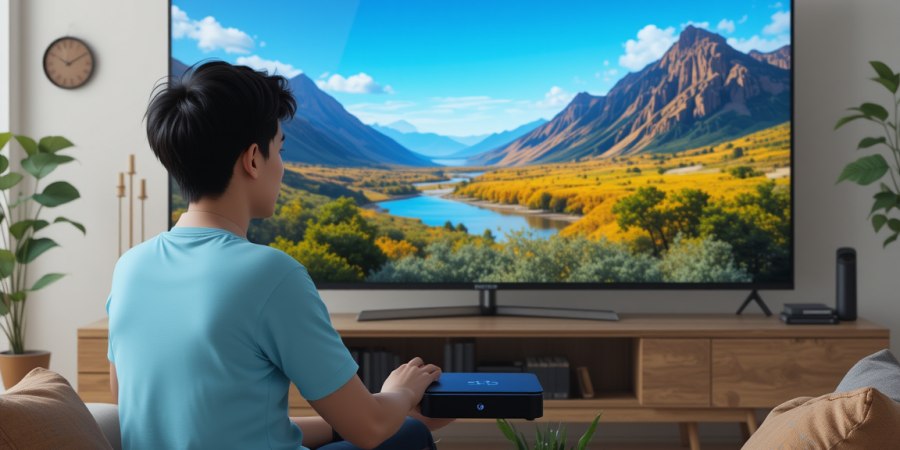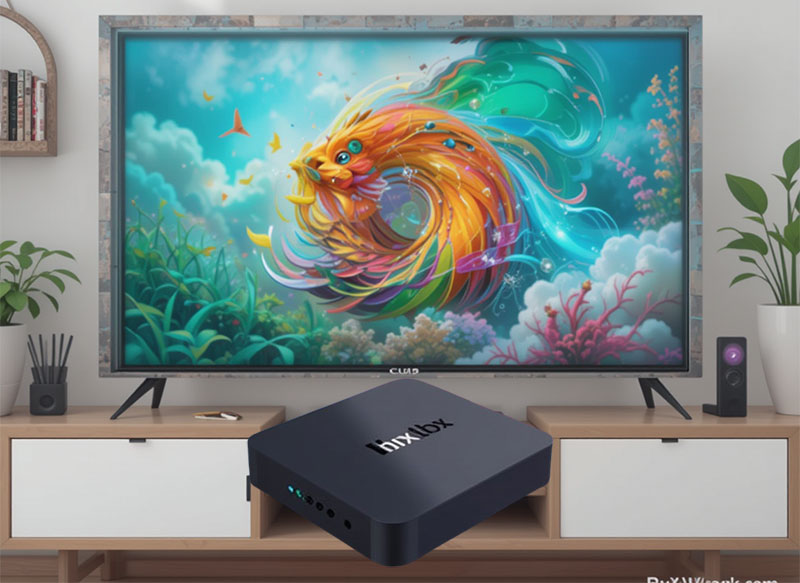Unlock Android Power on Tanix TX6 Now!
Introduction
The Tanix TX6 is a powerful Android TV box that provides a seamless streaming experience. However, many users want to install a custom version of Android for enhanced performance and compatibility with various IPTV services. In this guide, we’ll cover the step-by-step process of installing Android on the Tanix TX6 and explore the latest updates in IPTV.
Understanding the Tanix TX6
Hardware Specifications
The Tanix TX6 is equipped with:
- Allwinner H6 Quad-Core Cortex-A53 CPU
- Mali-T720 GPU
- 4GB RAM and 32GB storage (varies by model)
- HDMI, USB ports, and microSD slot
Software Compatibility
The Tanix TX6 runs on Android but can be upgraded to newer versions for better performance. Custom ROMs also provide an alternative to stock firmware.
Prerequisites for Installing Android on Tanix TX6
Before proceeding, ensure you have:
- A compatible Android firmware file
- A formatted microSD card (minimum 8GB recommended)
- A Windows PC (for USB burning method)
- USB Burning Tool software (if using USB method)
Downloading the Right Android Firmware
You can find the correct firmware from:
- Official Tanix website
- Trusted third-party forums (XDA Developers, FreakTab)
- Custom ROM communities
Ensure the firmware is specifically designed for the Tanix TX6 model to avoid compatibility issues.
Top Recommendation:
Discover the ultimate entertainment solution with 7 Days Great IPTV Subscription, designed just for you.
Preparing the Tanix TX6 for Installation
- Backup existing files and apps
- Fully charge the device or keep it plugged in
- Format the microSD card to FAT32 (if using SD card method)
Installing Android on the Tanix TX6
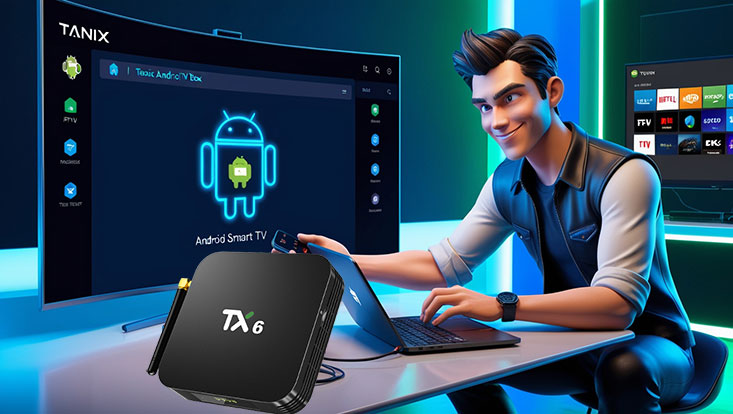
Method 1: Using an SD Card
- Download the firmware and extract the files.
- Copy the firmware to the formatted microSD card.
- Insert the SD card into the Tanix TX6.
- Hold the reset button and power on the device.
- The installation will begin automatically.
Method 2: Using USB Burning Tool
- Install USB Burning Tool on your PC.
- Connect the Tanix TX6 to your PC via USB.
- Load the firmware file in the Burning Tool.
- Start the flashing process and wait for completion.
Post-Installation Setup
- Configure Wi-Fi and Google account
- Install essential apps like Play Store, Chrome, and IPTV apps
- Enable Developer Options for additional tweaks
Updates in IPTV on Tanix TX6
Recent IPTV updates include:
- Improved streaming stability
- Support for 4K and HDR content
- Enhanced EPG (Electronic Program Guide) support
Best IPTV Apps for Tanix TX6
Free IPTV Apps
Paid IPTV Services
Troubleshooting Common Issues
- Device stuck during installation? Try reformatting the SD card or using the USB method.
- IPTV buffering issues? Use a wired Ethernet connection and optimize your ISP settings.
- Apps crashing? Clear app cache and ensure you have sufficient storage space.
Conclusion
Installing Android on the Tanix TX6 unlocks a world of customization and improved IPTV streaming. By following the correct steps and staying updated with the latest IPTV advancements, you can enhance your home entertainment experience.
FAQs

- Can I install any Android version on Tanix TX6?
- No, you need a compatible version designed for the TX6 hardware.
- What should I do if the device gets stuck during installation?
- Try a different firmware version or switch installation methods.
- Are there any risks in installing Android manually?
- Yes, incorrect firmware or installation errors can brick the device.
- How can I improve IPTV streaming quality?
- Use a stable internet connection, optimize settings, and use a reliable IPTV provider.
- Is it possible to revert to the original firmware?
- Yes, by flashing the stock firmware from the manufacturer.
